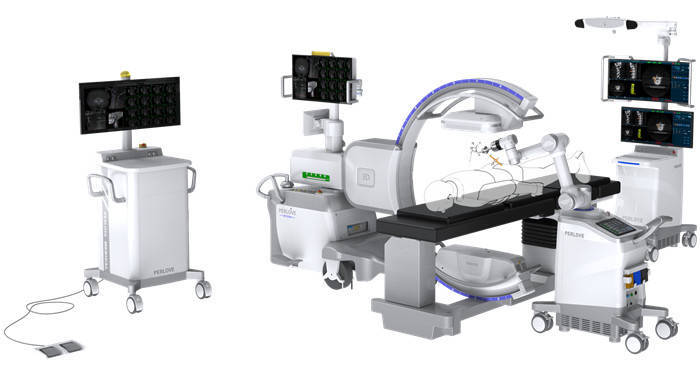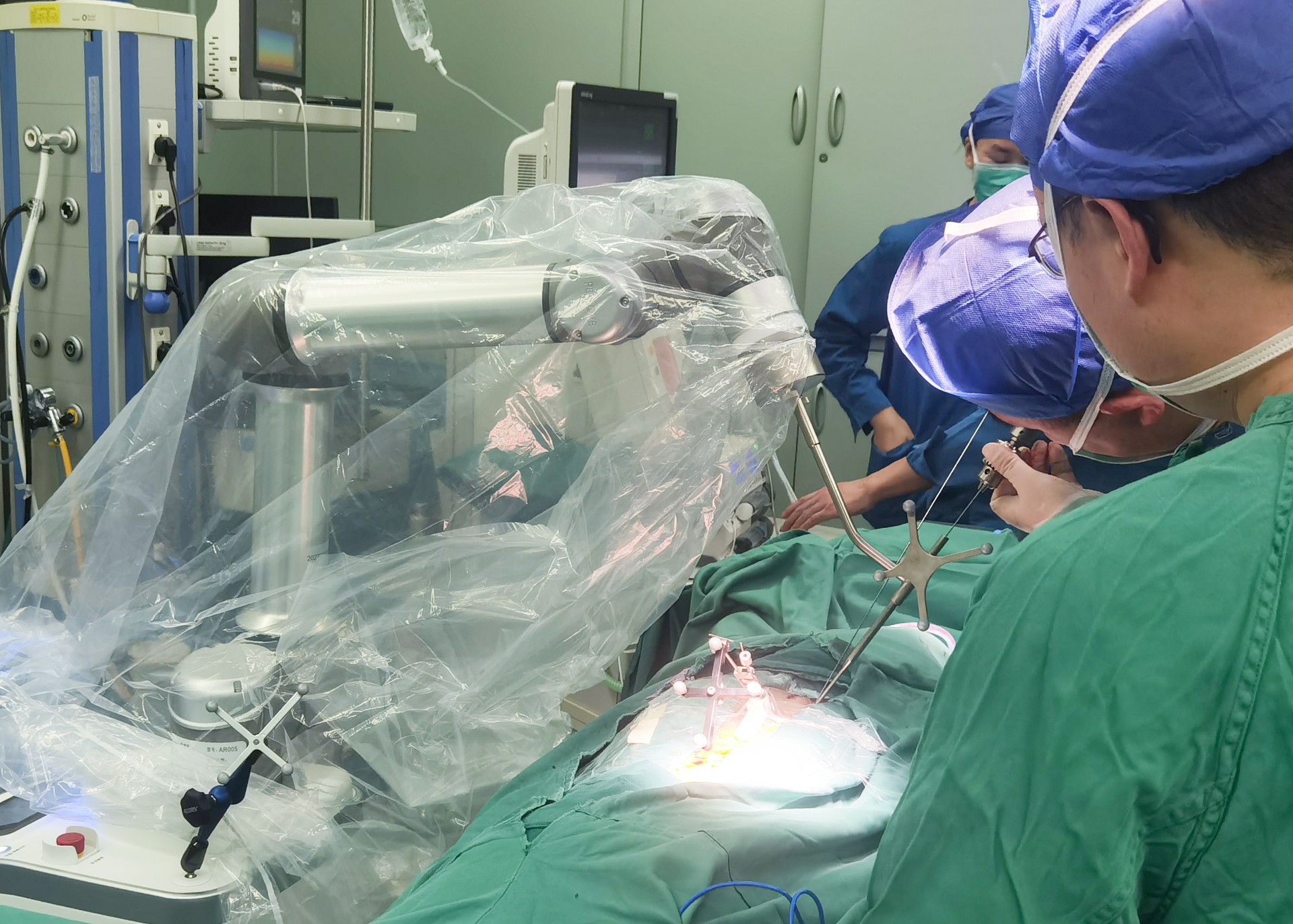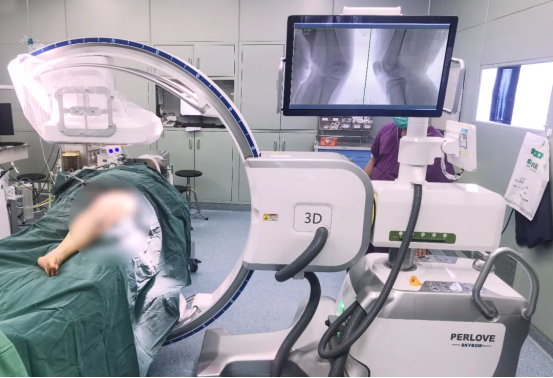News
2022-09-07 15:04:18 Views:894
What are the functions of different types of surgical robots? Introduction to functional advantages of surgical robot
The surgical robot is a robot assisted surgery. Compared with open surgery and traditional minimally invasive surgery, it has many advantages. First, the surgical robot effectively reduces the area of surgical wound, making patients recover faster and reducing postoperative complications. Secondly, the flexible manipulator of the surgical robot improves the surgical accuracy and ensures the stability of the surgical results. Finally, the surgical robot reduces the surgeon's physical consumption, shortens the doctor's learning curve, and reduces the patient's radiation exposure. Surgical robots can be divided into orthopedic surgical robots, neurosurgery surgical robots, vascular interventional therapy robots and endoscopic surgical robots.

What are the functions of different types of surgical robots?
Orthopedic surgical robots are mainly used for high-precision positioning, assisting doctors in positioning implants or surgical instruments in spine, joints and other operations. Its main technologies are: surgical planning and control software, optical tracking system, master control trolley, navigation and positioning, etc.
The neurosurgery robots are mainly used for spatial positioning and orientation of surgical instruments during neurosurgery. The main technologies are: surgical planning software, navigation and positioning system, robot assisted equipment positioning, operating system, etc.
The vascular interventional therapy robots show that the catheter propulsion system is accurate and can stably complete the operation. The navigation system helps doctors master the interaction between the catheter and the vascular wall. Its main technologies include: image navigation system, operating device and positioning manipulator, force feedback system, etc.
The role of endoscopic surgery robots are to assist doctors to accurately complete minimally invasive laparoscopic surgery through the main operating console, mechanical arm system and high-definition camera system. Its main technologies include: 3D high-definition surgical vision system, simulation manipulator, motion control technology, etc.

The orthopedic surgical robot PL300B of Perlove Medical is equipped with high-precision optical tracking system and mechanical arm, which can guide doctors to conduct pre-surgical planning based on 3D image data and surgery planning software, and assist in accurate positioning of implants or surgical instruments. In particular, it has obvious advantages for high-risk and complex surgery, which can effectively reduce the risk of surgery. With the 3D C-arm (with independent core and intellectual property rights) independently developed and produced by Perlove Medical, with the help of integrated adaptive registration technology, the optical position finder, patient and image are automatically associated with three coordinate systems through preset parameters and intelligent algorithms. The system is more compatible, the information matching is more comprehensive, and the registration process is more convenient and efficient.
The application of surgical robot is helpful to solve the problems of low positioning accuracy, long operation time, lack of 3D high-definition image field of vision and other problems of traditional surgery. It has the advantages of high surgical success rate, small wound area, less bleeding, faster recovery and so on. Therefore, surgical robot is a revolutionary innovation in the medical field. With the continuous improvement of the technical level, the surgical robot industry will usher in a development boom.
-
Surgical Robots Take the Stage in the “Battle to Protect the Spine”
Read More » -
Application of 3D C-arm Imaging in Radiofrequency Ablation Treatment of Trigeminal Neuralgia
Read More » -
Correcting Limb Length Discrepancy | 3D C-arm Assisted Epiphysiodesis in Pediatric and Adolescent Patients
Read More » -
Perlove Medical Concludes a Successful Presence at RSNA 2025 in Chicago
Read More » -
Multiple C-arm Systems From Perlove Medical Installed at Zhujiang Hospital of Southern Medical University
Read More » -
Perlove Medical 3D C-arm Installed at Ningde City Hospital
Read More »





